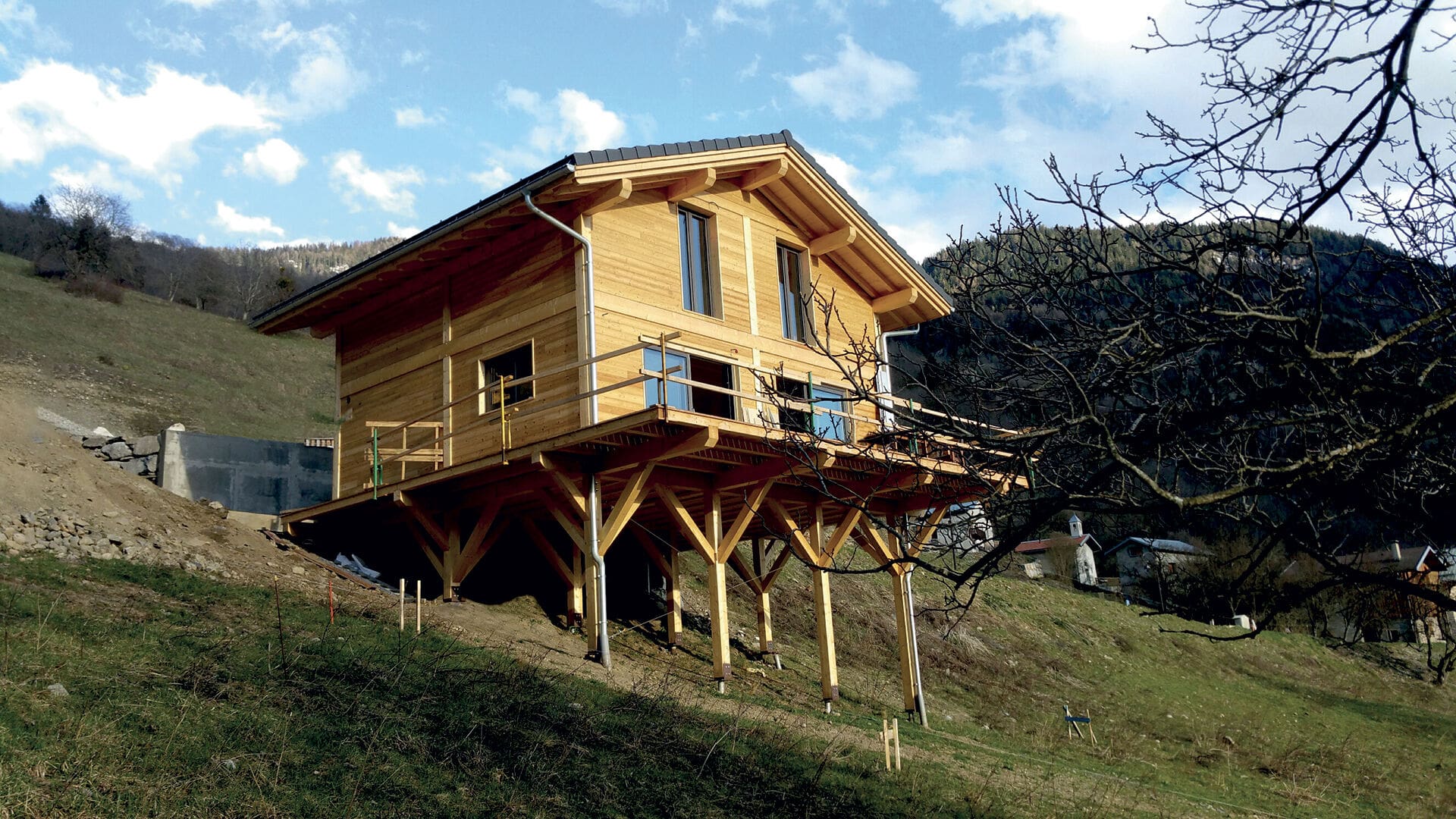Contact an installer
Contact an installer
Full project address
01
Most popular
02
Categories
Menu
close
01
Professionals

When undertaking a construction project requiring a foundation, it’s critical to have a finished product that is solid and secure, so the building doesn’t collapse over time. When a structure is built on a slope, everything becomes exponentially more difficult to complete. For this reason, helical piers have simplified foundation building, not only in the design, but also the construction process.
Foundation Design
Techno Metal Post helical piers, can be customized for the specific needs of a given project. Our in-house engineers look at the components required for the design and considers the following…compression, tension and lateral forces that will be placed on the pier once installed. After this is reviewed, they can select the pier diameter & quantity needed, helix diameter, and the soil pressure they need to be installed within. Our engineering team ensures a professional, code approved, and safe foundation solution for every project.
Once each pier is successfully installed, the design serves as a complete structural unit, each doing their individual job transferring the overall load. Combined with a custom bracket system, the foundation piers connect to the structure’s base material (which is either steel, concrete or wood) and is locked in place. There is no digging or compacting work required with helical piers.
When you introduce a sloped surface, there are always concerns about lateral stability. Should this be a concern for your project (with or without a slope), a helical pier foundation can be easily adjusted to factor in this additional force. Some of the helical piers can be constructed to have a second helix piece. A battered pier (which means installed at an angle into the slope), can be connected next to the vertical pier shaft and welded into the main bracket system. If the structure has a portion above the ground, then the beams and posts for the main structure can be further strengthened directly using angled bracing, as shown in the photo above.
Construction Process
The design of any foundation looks great in drawings but eventually it needs to be built on site. Traditional footings and foundations require excavation, forming work, setting rebar, and pouring / curing concrete. Aside from planning and executing, the concrete must also harden before any load can be placed on it. All this extra work can be eliminated using a basic helical pier foundation design. A single machine, compact in size, allows the crew to complete the installations needed for even the toughest foundations. A small platform with adjustable posts, is used to create a flat surface for the crew to safely complete their job.
How deep do the helical piers need to go?
Concrete foundations have a minimum depth they can reach (below the frost line for temperate climates) and need to be wide enough for the footing width and structural load. Helical piers, on the other hand, can go deep enough so they are secured into suitable earth below. Good soil is confirmed by measuring the torque from the drill head, off the installation equipment, which is then converted to a load bearing capacity outcome. This allows the depth to be well below any concrete foundation, if need be. Once the desired load capacity is reached, the pier receives a final spin and is then locked into position, ensuring security.
On your next project, consider a helical pier foundation alternative. We have an extensive installer network that is ready to deliver a solution for you!
HELICAL PIER FOUNDATIONS
WITH TECHNO METAL POST, IT'S SIMPLE & QUICKTechno Metal Post simplifies life by providing an alternative foundation solution that can be installed in most soil conditions.